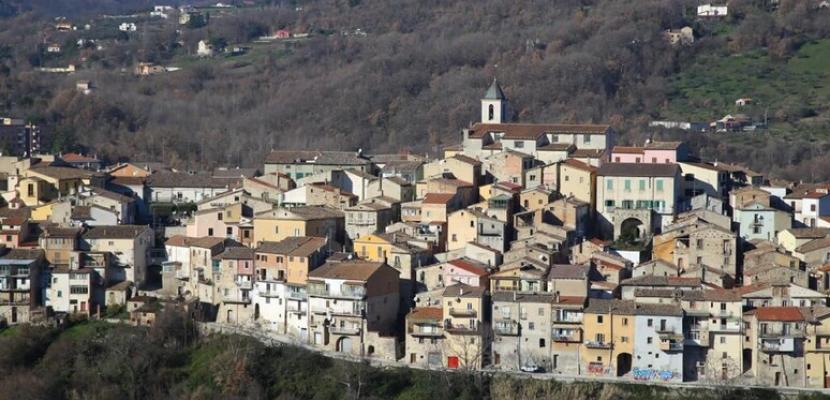
LEC, Civic energy future: sustainable Local Energy Communities - Miracer

About this good practice
MIRACER addresses critical challenges faced by rural communities, particularly the issues of depopulation and energy poverty. MIRACER sought to mitigate the environmental impacts of fossil fuel dependency, which exacerbates the vulnerability of rural areas to climate change. Through the establishment of a LEC, MIRACER fostered local renewable energy production and energy efficiency. The installation of photovoltaic panels and smart devices allowed residents to generate and consume energy on-site, significantly reducing energy costs. The project prioritized community engagement, organizing workshops, living labs, and public meetings to educate citizens and encourage active participation. This grassroots involvement was pivotal in forming the LEC and raising awareness about the benefits of renewable energy. The project achieved several objectives, including enhanced energy efficiency, reduced energy bills, and the empowerment of the local community. It also improved the quality of life in rural areas, making them more attractive for residents to stay or even return. MIRACER targeted rural residents, offering them practical solutions to improve their economic and social well-being. Local authorities and stakeholders, including schools and organizations, played an active role in the project’s planning and execution, ensuring its success and sustainability.
Resources needed
The project was co-financed by the Interreg Italy-Albania-Montenegro Programme with a grant of €174,204. This funding supported the establishment of the LEC including the installation of photovoltaic panels and smart devices. The initiative relied on the collaboration of organizations and engineers.
Evidence of success
This practice is considered successful because it achieved measurable results in community engagement and institutional outcomes. It involved over 80 participants through workshops, meetings, and living labs, targeting local authorities, SMEs, and the general public. The LEC was officially established with 13 members, formalized through the Statute and Constitutive Act on February 21, 2022. Media coverage included five online articles and two TV broadcasts, increasing awareness and impact.
Potential for learning or transfer
This practice is highly transferable and offers valuable lessons for other regions, as demonstrated by its replication in Fossalto, Molise, where it was successfully adopted by the municipality, citizens, and energy guarantor. Key success factors include the presence of renewable energy infrastructure, active community engagement, and collaboration with local authorities. It is applicable to any community with solar panels or renewable sources. Benefits include reduced energy costs, combating energy poverty, and fostering local economic development while retaining profits within the region. Moreover, it enhances energy awareness among citizens and improves grid efficiency by reducing losses. Challenges to transfer might include varying regulatory frameworks or a lack of existing renewable energy infrastructure, but the practice’s adaptability and proven outcomes make it a strong model for regions seeking sustainable and community-driven energy solutions.
Further information
Good practice owner
You can contact the good practice owner below for more detailed information.


